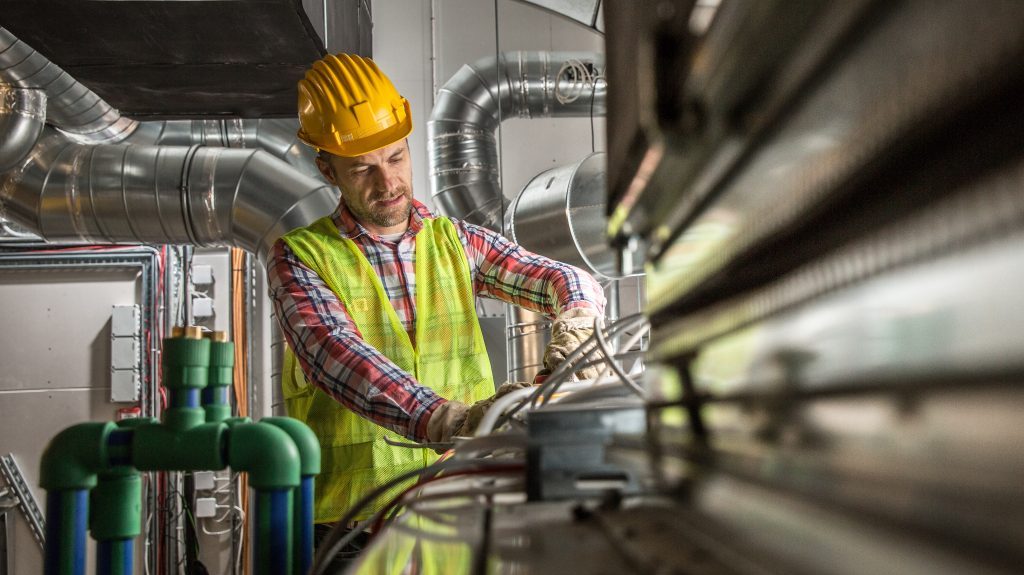Material shortages are still affecting construction, but the industry is adapting to and working around shifting supply circumstances.
EllisDon vice-president of preconstruction services Daniel Murphy said a multiplicity of factors are contributing to the rise in construction prices.
“It’s been pretty dramatic and a lot of that is tied into supply chain challenges, whether it’s the cost of freight going up or the cost of metals increasing, which has been significant,” he said.
“Anything associated with metals has seen a significant increase over the last six months. So anything from structural steel to reinforcing steel to sheet metal associated with your mechanical and HVAC systems and curtain wall systems as well, which contain a high quantity of aluminum.”
Glass is another material Murphy said is both rising in cost and getting harder to obtain.
“A major glass supplier in the United States raised their rates by about 40 per cent in June. That’s significant and is going to have an impact on the supply of curtain wall systems going forward, but it’s not as if the whole price of a curtain wall system will increase 40 per cent overnight,” Murphy said.
“There’s a lot of other inputs that go into the supply and installation of your curtain wall systems, labour for example, is going up but not at the same rate as materials. Aluminum has gone up but not to the same degree,” he added. “It may impact, but it’s more like what I’d call a five per cent impact on the overall cost of supply and installation of a curtain wall system on the building itself.”
Another challenge when building highrise projects, Murphy said is mechanical and electrical systems.
“There are issues around price increases associated with equipment, but also with lead times in getting equipment to site. Some of the major mechanical and electrical equipment from the time you order it to the time it gets onsite can be upwards of eight to 10 months, which is a dramatic shift from where we would have been sitting one or two years ago,” he said, when an order would take half that time to arrive onsite.
Murphy said EllisDon is taking steps to mitigate project delays by enabling their subcontractors to obtain materials earlier in the life of a project.
“As we tender, if the client we’re working with is willing to fund the job early, we’re offering to provide deposits to our subcontractors essentially upon award which then allows them to go out and secure the materials they need earlier,” he said.
This can provide new challenges in terms of inventory and storage, he said.
“In some cases that requires them to go out and buy materials and store them for as long as needed until it’s required for the project. There’s obviously input implications around storage and they need to have the facilities available to do that because they’re essentially carrying inventory,” he said.
Murphy added when planning new projects delays and shortages are being taken into account.
“We’re working with clients to make sure that, for example, if we see concerns with the mechanical and electrical equipment being specified for the job, we make sure we’re working with the client to buy that equipment early,” he said.
He added he has optimism that the worst has passed and that “light at the end of the tunnel” is visible.
“You don’t have to look very far, looking at commodity prices nowadays. Most major commodities that are inputs to construction have come off their peaks, in some cases substantially over the last number of months. So it’s a matter of time before that helps to start moderating de-escalation of construction prices,” Murphy said.
Follow the author on Twitter @JOC_Frey.











Recent Comments
comments for this post are closed